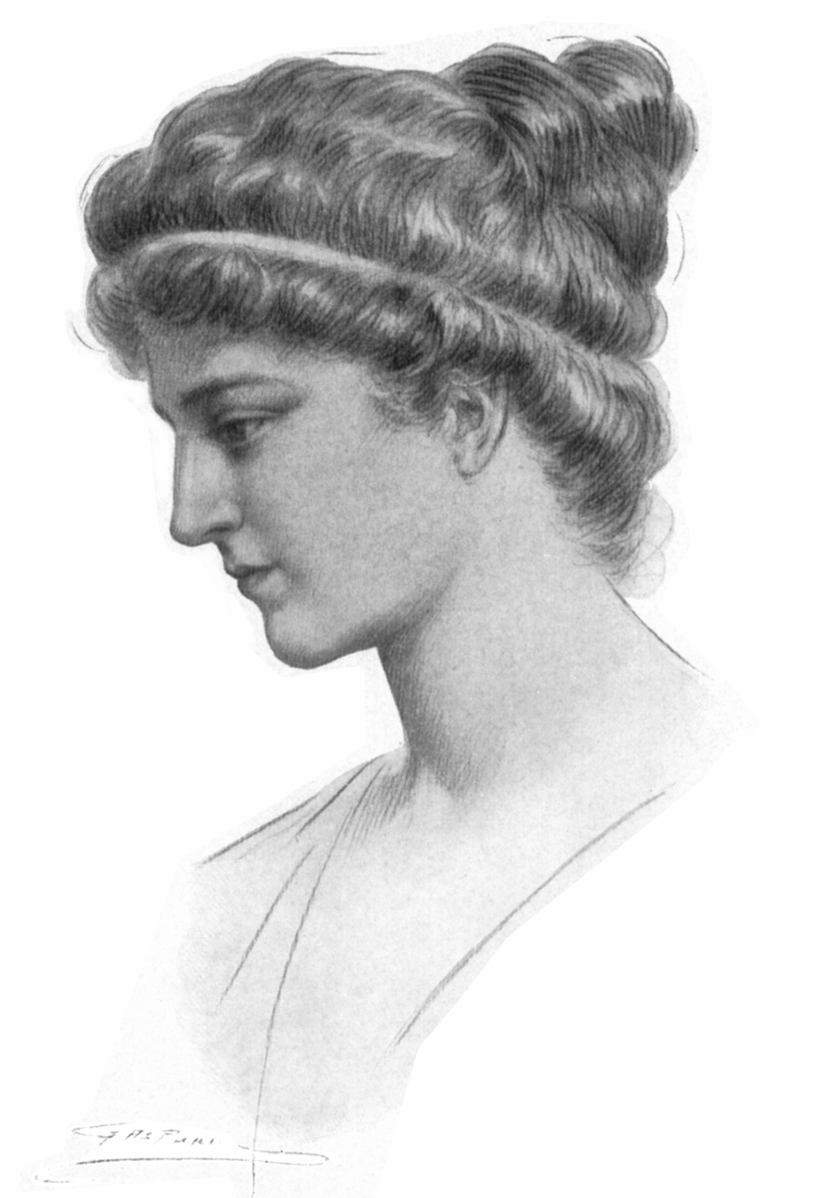I invite readers to review prior posts on prime numbers and Pi:
Twin Prime Sandwich and a Prime Number Property Rediscovered
I recently viewed a very graphic video by Grant Sanderson who ties the above ideas together with a prime number spiral (of course, I first thought it would be another take on the Ulam spiral but I was pleasantly surprised that there was another prime number spiral) that appears in polar coordinates. I can't simplify the video by Grant Sanderson (3Blue1Brown) any further but here is a link for your viewing:
Why do prime numbers make these spirals?
My favorite part of the video is when Grant Sanderson reminds us math fans that the more we learn about various aspects of mathematics, the more we see the various connections (for instance the links between polar coordinates, pi and prime numbers).










